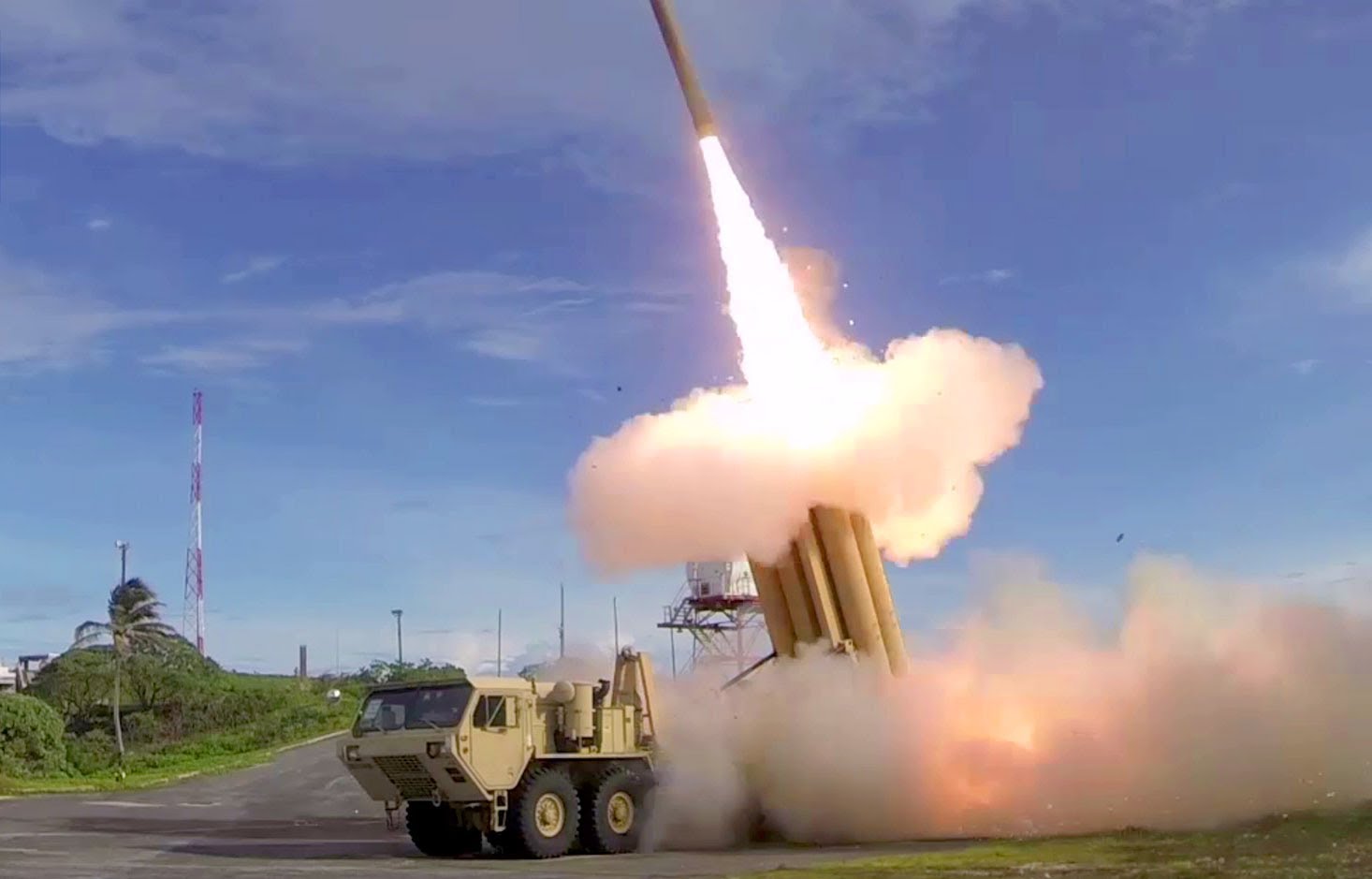A US anti-missile defence system in Romania aimed at protecting NATO members from threats by “rogue” nations became operational Thursday, triggering Russian fury despite US insistence it does not target Moscow.
Located in Deveselu in southern Romania, the missile interceptor station will help defend NATO members against the threat of short- and medium-range ballistic missiles, particularly from the Middle East, officials said.
“Today the United States and Romania make history in delivering this system to the NATO alliance,” said US commander in Europe and Africa Mark Ferguson at an inauguration ceremony with NATO chief Jens Stoltenberg.
But Russia sees the missile system as a security threat right on its doorstep, despite the US and NATO insisting it is not aimed at undermining Moscow’s defences.
“According to our experts’ opinion, we are convinced that the deployment of the missile defence system is truly a threat to Russia’s security,” Kremlin spokesman Dmitry Peskov told reporters in Moscow.
Relations between NATO and Moscow have sharply deteriorated since Russia annexed Crimea from Ukraine in March 2014, sparking fears among other eastern European countries that they too could be the targets of Russian aggression.
Stoltenberg said the missile installation “represents a significant increase in the capability to defend European allies against proliferation of ballistic missiles” as it becomes part of a broader NATO missile shield with an installation in Poland as well.
But he stressed that the system was not aimed at Russia and in fact was not capable of intercepting Russian missiles.
“The site in Romania as well as the one in Poland are not directed against Russia. The interceptors are too few and located too far south or too close to Russia to be able to intercept Russian intercontinental ballistic missiles,” he said.
‘Purely defensive’
The Deveselu site will host a battery of SM-2 missile interceptors and will officially be integrated into the NATO missile shield at the bloc’s summit in Warsaw in July.
Work on the site began in October 2013 and is thought to have cost $800 million (700 million euros).
The Western military alliance insists the role of the missile shield is a “purely defensive” response to external threats, notably from so-called “rogue states”, having referred in the past to Iran and North Korea .
The US ambassador to NATO, Douglas Lute, has described the activation of the missile system as a gesture of his country’s commitment to Article Five by which all 28 NATO members pledge a one-for-all, all-for-one response to any military threat if a member invokes the treaty clause in the face of an attack.
But Russia meanwhile is bolstering its forces to counter what defence officials said was the NATO build-up close to its borders.
“It is a step towards the military and political containment of Russia,” senior foreign ministry official Andrei Kelin said of the deployment, Russia’s Interfax news agency reported.
Kelin warned it would “only worsen” the already-tense relations between Russia and NATO.
And Russia’s ambassador to NATO, Alexander Grushko, said he was not “convinced by NATO declarations that the American anti-missile system is not aimed at Russia”.
Cited by Interfax, he also condemned “anti-missile defence systems deployed in the region, always ready for combat,” and “military infrastructures moving closer to Russia’s borders”.
Launched in 2010, NATO’s anti-missile shield system — based essentially on US technology — involves the progressive deployment of missile interceptors and powerful radar in eastern Europe and Turkey.
The Deveselu site is part of the second phase of the project, after the deployment of radar in Turkey and four Aegis warships with anti-missile defence capacity in the Spanish port of Rota.
The third phase involves Poland.
Work on a site in Redzikowo in the north of the country is to be completed at the end of 2018. Situated some 250 kilometres (150 miles) from the Russian enclave of Kaliningrad, it will host 24 land-based SM-3 missiles as well as anti-aircraft systems.










